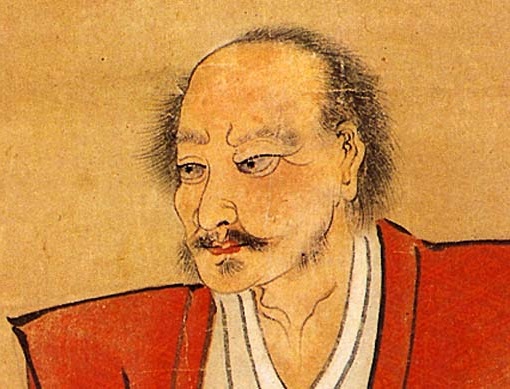To comprehend Japan, you must understand one of its greatest historical figures, Miyamoto Musashi (1584-1645). Known by his first name alone, Musashi’s deeds across a number of art forms, including painting, poetry and, of course, the martial arts, reached mythological status even in his lifetime.
William Scott Wilson’s definitive 2004 biography, “The Lone Samurai: The Life of Miyamoto Musashi” stands out among English resources, not only for its meticulous historical accuracy, but also for the author’s expertise on samurai texts. Wilson sifts through numerous original sources to give the reader “a real live human being” in Musashi.
The book stands out for its anecdotal storytelling and Wilson’s emphasis on giving context to Musashi’s life, with explanations of the mushashugyōsha tradition (traveling to gain skill in combat), the Kyoto Renaissance and the idea of adhering to one specific school of art, a tradition which Musashi decisively rejected, insisting each must create their own way in all endeavors.
By giving color to the people and places that surrounded Musashi, a more complete picture of the man emerges, including his sense of humor, intelligence and gregariousness, qualities not usually associated with the hardened, solitary warrior who spent his last two years in a cave.
With appendixes that trace Musashi’s impact on the arts, Wilson satisfies both strands of Musashi’s greatness: his devotion to culture and his fighting prowess. It’s a book that compels multiple readings to understand both man and country.
